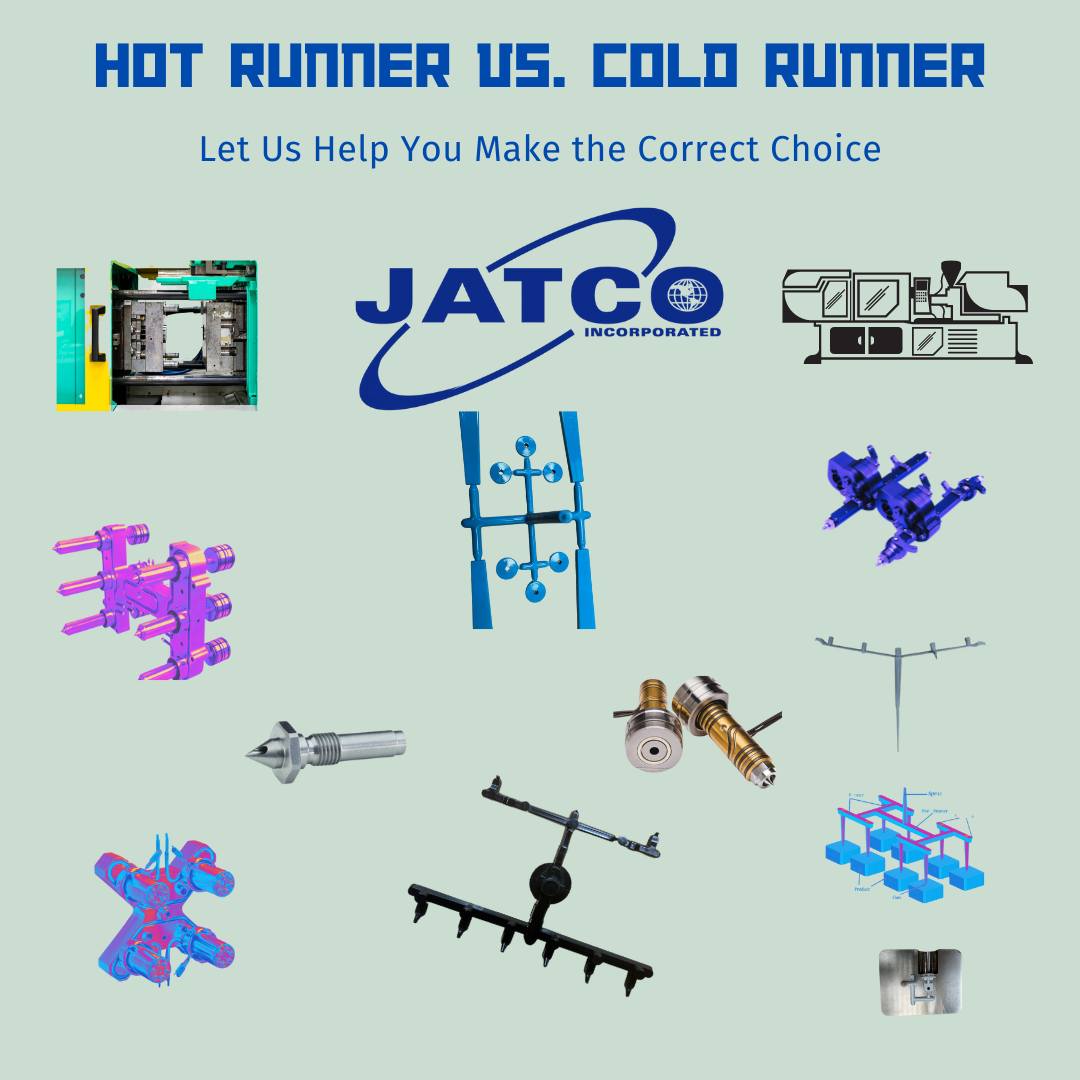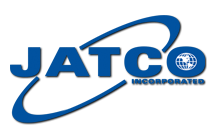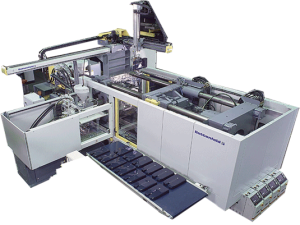Cold Runner Plastic Manufacturing Systems
Cold runner systems are in molds that typically contain two or three plates that are stabilized in a mold base. By using a nozzle via a sprue, molten thermoplastic is injected into the mold by filling a network of runners that flow material into part cavities. In this system runners are not heated and serve as a delivery mechanism that allocates molten plastic to individual cavities.
Advantages of Cold Runner Systems:
- Less Cost
- Lower Maintenance Cost
- Faster Design Changes
Disadvantages:
- Higher Labor to Remove Runners
- Slower Production Time
- Runner Systems Create More Waste
Hot Runner Plastic Manufacturing Systems
Hot runner systems usually consist of two plates that are heated using a manifold system. By employing a manifold, molten thermoplastic temperature in runners is maintained at the same temperature as the heating cylinder. Essentially, A hot runner system maintains material in a molten state in the runners until it flows directly into part cavities. In some instances, hot runner systems can be designed to deposit molten material directly to part cavities without any runner system.
Advantages of Hot Runner Systems:
- Faster Cycle Times
- Waste Reduction
- Reduces Post-Production Processes
Disadvantages:
- More Expensive
- Higher Tooling Costs
- Ancillary Heating Sources Required
Let us help you make the right choice for your injection molding needs. Contact Steven Ames to find out more: steven.ames@jatco.com.
Let’s Look Deeper on What is Hot Runner and Cold Runner Manufacturing
In plastic injection molding, hot runner and cold runner systems are two common methods of delivering molten plastic into the mold cavity.
A cold runner system is the simpler of the two. It is essentially a channel in the mold that delivers molten plastic from the injection molding machine into the cavity. Once the plastic solidifies in the runner, it is ejected from the mold as scrap material. Cold runner systems are relatively easy to design and operate, but they can result in material waste and longer cycle times.
A hot runner system, on the other hand, uses a set of heated channels and nozzles to deliver molten plastic directly into the mold cavity. Unlike cold runners, hot runners do not solidify and are not ejected as scrap material. Instead, the molten plastic is maintained at a constant temperature and can be reused in subsequent cycles, reducing material waste and cycle times.
Hot runner systems are more complex and expensive to design and operate than cold runners, but they offer several advantages, including better control over the flow of plastic, reduced cycle times, and improved part quality. Hot runners are especially useful for molding complex parts that require precise control over the flow of plastic, such as those with thin walls or intricate geometries.
Overall, the choice between a hot runner and cold runner system depends on the specific needs of the application, including the part geometry, material properties, production volume, and budget.


